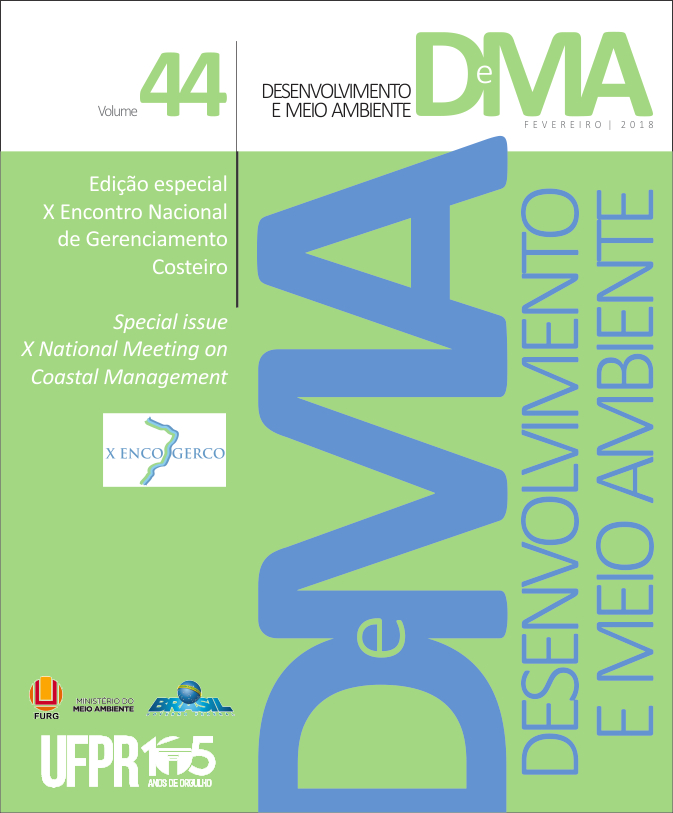The Foredunes and Their Function of Protection due Coastal Floods: Validation of Two Erosive Models as a Tool for the Coastal Management Applied at the Beach of Mar Grosso, RS
DOI:
https://doi.org/10.5380/dma.v44i0.54629Keywords:
dunes, storm surge, coastal zone, coastal erosion, coastal managementAbstract
Since 2016, Brazil has developed the National Adaptation Plan for Climate Changes (PNA, in Portuguese). Elaborated by the Ministry of Environment (Brasil, 2016) this plan intends to reduce the national vulnerability due to climate changes and the implementation of risk management associated to this phenomenon. This Plan gives special attention to the coastal zones of the country. In the state of Rio Grande do Sul (RS), the Coastal Zone is subject to the impact of high-energy meteorological events during autumn and winter period. Storm surges and floods are common during and after the passage of these events, putting people, infrastructure and ecosystems in danger. The foredunes constitute the continent’s first line of natural defense against the ocean’s floods and coastal erosion. Therefore, the present study applies the Dune Erosion Rule’s model in order to quantify the foredunes’ erosion on the south shoreline of Rio Grande do Sul State (RS). This application seeks to validate the model for the beaches of RS. The performed characterization of the erosion process was based on the Storm Impact Scale, categorizing the analyzed events within four categories. The dune erosion model had shown high values of dune erosion due to the configuration of the used parameters, which must be modified in order to improve its applicability on the shoreline of RS. The combined application of these two models has relevant potential for direct use in the management of coastal ecosystems, since after being properly adapted to the local scale, it infers in the necessary dimensions and characteristics so that the foredunes can effectively fulfill the function of coastal protection.
Downloads
Published
How to Cite
Issue
Section
License
Copyright on works published in this journal rests with the author, with first publication rights for the journal. The content of published works is the sole responsibility of the authors. DMA is an open access journal and has adopted the Creative Commons Attribution 4.0 Not Adapted (CC-BY) license since January 2023. Therefore, when published by this journal, articles are free to share (copy and redistribute the material in any medium or format for any purpose, even commercial) and adapt (remix, transform, and create from the material for any purpose, even commercial). You must give appropriate credit, provide a link to the license and indicate if changes have been made.
The contents published by DMA from v. 53, 2020 to v. 60, 2022 are protected by the Creative Commons Attribution-NonCommercial-NoDerivatives 4.0 International license.
DMA has been an open access journal since its creation, however, from v.1 of 2000 to v. 52 of 2019, the journal did not adopt a Creative Commons license and therefore the type of license is not indicated on the first page of the articles.






